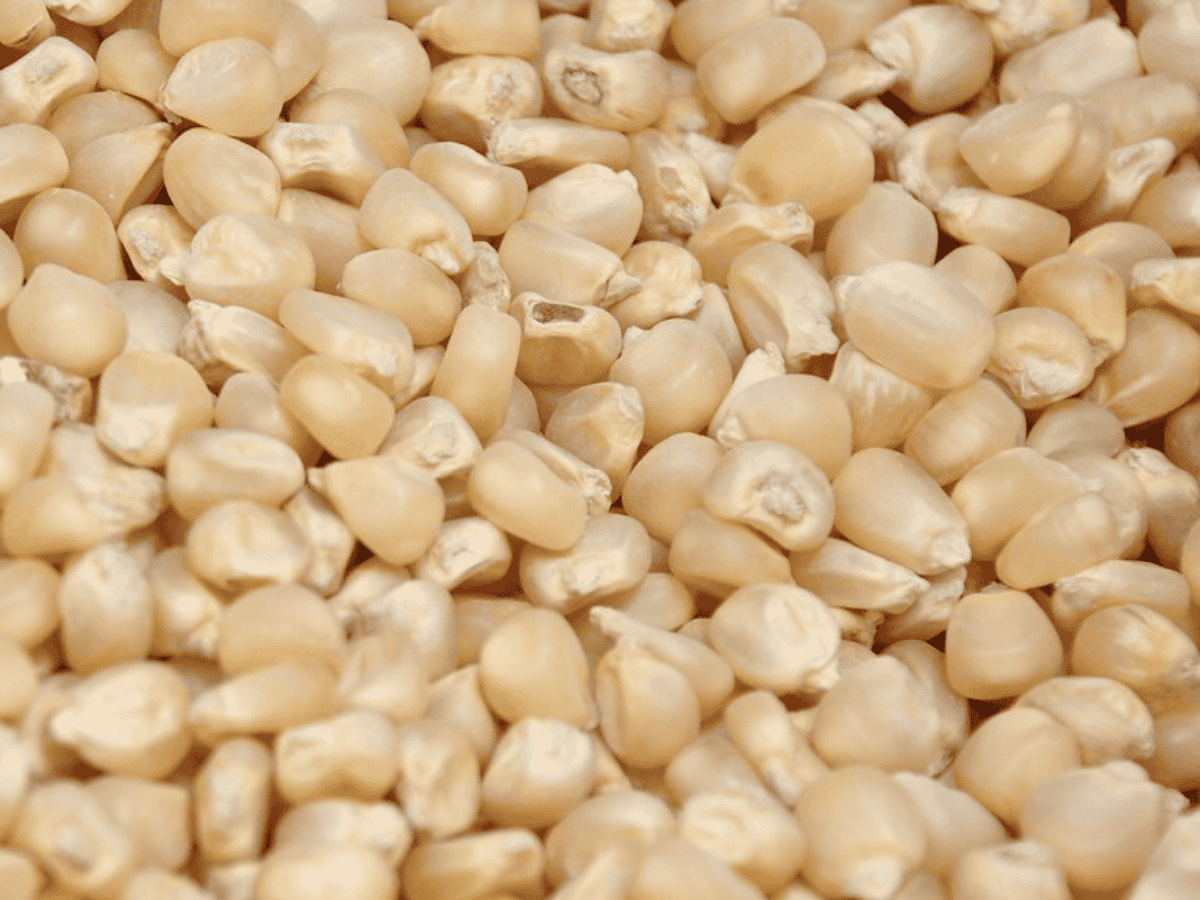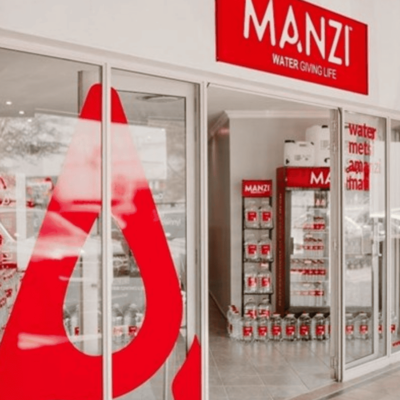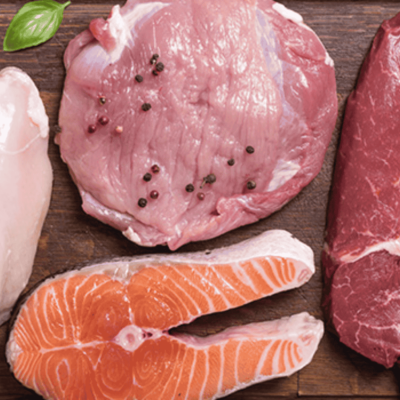SOUTH AFRICA – South Africa has resumed importing white maize for the first time since March 2017, as poor local harvests and heightened regional demand have led to supply shortages and skyrocketing prices.
The M/V African Baza, carrying 23,700 tons of US white maize, docked at the Port of Durban in early January 2025, marking a pivotal moment for the country’s agricultural landscape.
The 2023/24 production season was marred by drought and heatwaves, leading to a sharp decline in grain and oilseed output.
The final estimates by South Africa’s Crop Estimates Committee (CEC) in November 2024 revealed a significant decrease in production.
White maize output fell by 29.3% to 6.007 million tons, while yellow maize dropped 15.4% to 6.716 million tons. Soybean production also plummeted, with a 33.5% year-on-year decline.
South Africa typically consumes approximately 11.7 million tons of maize annually. However, regional exports to countries such as Zimbabwe, Botswana, and Namibia compounded local shortages.
Zimbabwe, in particular, faced its own production shortfall, leading to record maize imports from South Africa.
Economic ripple effect
The reduced supply drove a steep rise in maize prices. By December 2024, white maize prices had surged to R6670 (US$355) per ton, reflecting a 70% increase from February 2024.
Yellow maize, a key component for the livestock feed industry, reached R5431 (US$290) per ton, up 43% over the same period.
Imports of maize and soybeans began to accelerate by mid-2024. Argentinian yellow maize shipments commenced in April, followed by consistent imports from Brazil.
US-sourced soybeans and white maize also entered the market through multinational grain traders such as Ameropa, COFCO, and Seaboard Shipping.
Rising imports and regional demand
SACOTA, the South African Cereals and Oilseeds Trade Association, reported the arrival of 20 yellow maize vessels, totaling 518,000 tons, by January 2025.
Additional soybean imports included two US shipments totaling 32,255 tons and a smaller consignment of 1,000 tons from Ukraine.
The increase in imports came amidst robust exports to Southern African countries. South Africa’s maize exports for the 2024/25 season are estimated at 2.6 million tons, significantly higher than the five-year average of 1.5 million tons.
Outlook for 2025
The agricultural sector is looking to the 2024/25 production season for relief. Rains that began in late December 2024 offered some hope for recovery, with most plantings completed despite earlier heatwave disruptions.
However, concerns remain about stock levels. Industry projections suggest that South Africa may end the season with only 600,000–700,000 tons of maize, leaving little margin for error in meeting domestic and regional demand.
Efforts to ensure food security have been bolstered by cooperation between SACOTA and the Department of Agriculture, Land Reform, and Rural Development (DALRRD) to align GMO regulations with exporting countries.
SACOTA has urged government officials to monitor the impact of rising staple food prices on vulnerable populations and to provide timely support where necessary.
Maize’s role in South African food security
White maize remains a staple food for millions of South Africans, particularly in low-income households.
Meanwhile, yellow maize and soybeans are critical for the poultry industry, which supplies the most affordable form of animal protein.






